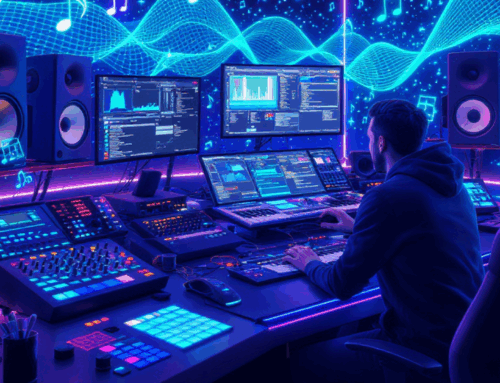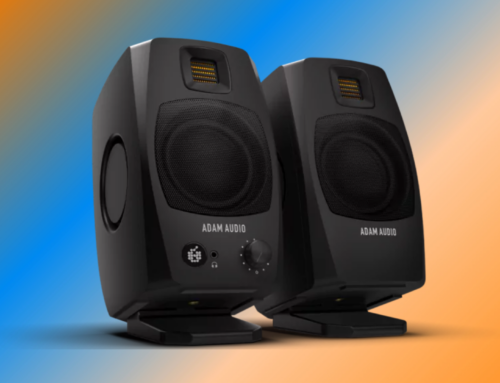If you saw my last tutorial, you now know how to create an alien-sounding, vulgar, authentic dubstep bass sound! Hooray!
Now that we’ve got the basic synthesis down, it’s time to turn to something that will make your tune the talk of the town and the envy of the masses: using automation to give your sound the brilliant rhythmic flair modern dubstep (or brostep, if that’s what you choose to call it) is known for.
Before I delve into applying automated LFOs to our bass from the latest tutorial, I’m going to start by using the most basic form of dubstep bass from the last tutorial in order to explain the basic principle of LFO automation. As seen in the video, by using automation, I can create an attractive bassline rhythm. A simple 1/4th beat LFO pattern isn’t bad, but can be made much more exciting by changing the rhythmic pattern. The following video demonstrates how to make a basic, changing pattern by using automation clips to change the tempo of a LFO over time:
See how a simple change in rhythm over time can change the character of the bassline?
This was done using an incredibly simple change in LFO speed, using automation clips in order to change the tempo of the LFO pattern.
This basic principle is going to carry over into our “liquid” synth construction, although with a slightly different application. Instead of using a basic sine-wave LFO as showcased in the first video, I’m going to use an LFO that uses a different pattern shape, such as the “Fall 5” pattern in massive. Because I assigned both possible LFO pattern tables to the cutoff filters and various other parameters, I’m going to ensure that both LFO patterns are different from each other, resulting in some truly weird and unique sounds.
Now that we have determined our individual LFO patterns, it’s time to use automation as shown in the first video. This is where the “liquid” sound of the bass really begins to take shape. For the purposes of demonstrating this effect, I am going to use the same melodic pattern as I did above.
I start by using the same melody as I did in the previous video, although this time I am using the “TrueHell4” massive patch to start out with. Next I use the “browse parameters” function in order to identify, select and attribute an automation clip to the ratio of the LFO. This allows me to manipulate the speed at which the cutoffs, and all relevant attributes of the synth controlled by the particular LFO I am using, are operating by controlling them with an automation clip. By changing the ratio, or speed, by which the sound fluctuates, I can create the iconic “juicy” alien-filter sound becoming more prevalent in modern electronic music. Remeber, as I stated earlier and shown in the video, differentiating the LFO patterns, and automating them individually, allows the chance for even more creativity and imagination!
As I stated before in the video, possibilities are endless. This makes experimentation key. There are virtually an unlimited number of patterns, ratios, and manipulation patterns to choose from, each resulting in a unique and phonically eccentric musical deliverance.
Individual parameters of the synthesizer can also be manipulated, resulting in even more sophisticated noises. Rather than manipulate the LFO ratio, try bypassing the LFO control altogether and automate the filter cutoff directly. This can give you even more control over the timbre of your sound. This technique may not sound as rhythmic as manipulating the cutoff via LFO, but can be extremely helpful for calm or “cool-down” section of a track, as it can provide special emphasis on “rising” or “falling” characteristics of a song synth.
Automation can be an invaluable tool in synthesis, because of its ability to manipulate the characteristics of a synthesizer over a time period. Music, it is said, is chiefly an artistic medium devoted to time, as one can only hear one note at a any given moment. As an electronic musician, automation gives you unlimited potential in developing your sound. Given this infinite amount of production choices, experimentation with a multitude of options is the key to achieving the sound that best fits your artistic vision.
(Note: I am using FL Studio 10 for this tutorial. For this reason, I have included links to tutorials which showcase automation using different popular DAWs. Once you know how to automate parameters, you can apply this tutorial to any music production suite, provided your DAW supports MASSIVE.)
Parameter automation in Ableton – http://www.youtube.com/watch?v=c6SLV3KzsHA
Cubase – http://www.youtube.com/watch?v=-FgQA3dRqek
Pro Tools – http://www.youtube.com/watch?v=jbeWsp0BWwk




